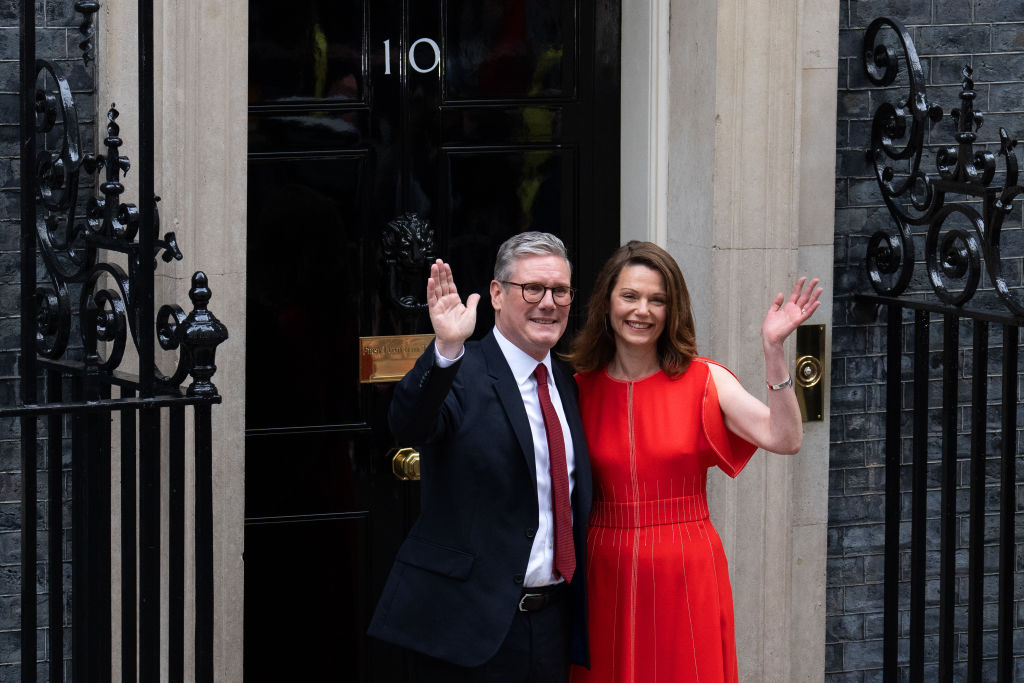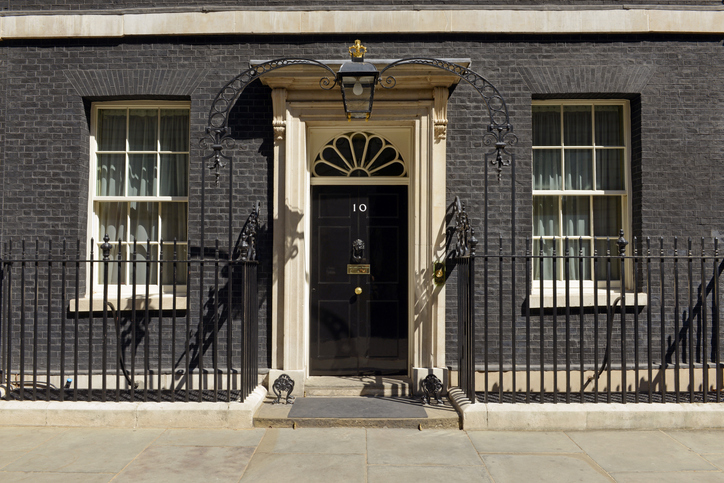Whether you are looking to hire or buy, read our guide on how to drive your company forward with the right fleet.
Whether you are looking to hire or buy, read our guide on how to drive your company forward with the right fleet.
Martin Darnley, CEO of frozen foods delivery company Good Taste, wanted to remove the risks associated with vehicle ownership, such as depreciation of value and service costs. From starting out with eight vans, he now has a fleet of 40 vehicles.
He says, ‘For us, image is very important, so we only hire the vans for two years, after which time the contract hire company replaces them. When you take into account all the service costs, which are covered in the contract, the expense seemed minimal compared with buying.’
More than half of all new company cars registered each year are funded through contract hire, says David Lacy, director of vehicle management company Fleet Department. This is where a vehicle is leased to an organisation for a set time and specified mileage, in return for an initial fee (usually three-month rental) and a subsequent monthly charge. At the end of the contract period the vehicle is returned to the leasing company.
Carrier costs
For those who would prefer to own their vehicles but don’t have large sums of money to invest outright, hire purchase (where the vehicle becomes the property of the lessee at the end of a set period of monthly payments) could be the answer.
‘For us, an investment made more sense, as we were able to write-down the cars on our balance sheet and could make some of the money back by eventually selling the cars,’ says Richard Mansell, managing director of UCS Couriers.
Mansell used hire purchase to build up his fleet when the company was starting out, later investing outright. ‘Hire purchase worked well for us to begin with, but once we were able to, it made more sense to buy the cars upfront.’ Mansell used asset finance through his bank to fund the purchase of eight cars, securing a 15 per cent discount by bulk-buying. ‘The cost of using this form of finance was easily offset by the discount we obtained on the cars,’ he says.
For Lacy, the trick is to take a long look at the range of options out there. ‘You should think about whether you want something that will involve monthly payments, and whether you want to have low-carbon cars. The next step is to decide whether you want to purchase the vehicles outright or lease them,’ he says.





